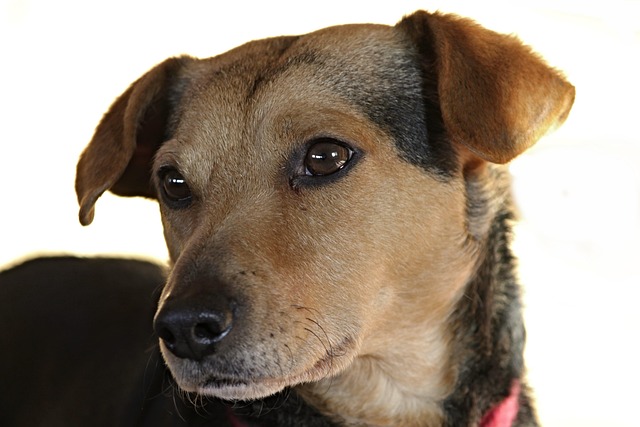
How can I tell if my dog's heatstroke is serious
Let’s be real: It’s a sticky August morning in Los Angeles, and you took your 2-year-old Golden Retriever, Max, for a walk a little later than usual
Pancreatitis in dogs can turn mealtime into a stressful puzzle—you want to nourish them, but their sensitive digestive system leaves little room for error. The right vegetables, though, can be a gentle, nutrient-packed addition to their diet, offering fiber and vitamins without overwhelming their pancreas.
Pumpkin often tops the list, and for good reason. Its low fat content and high fiber make it easy on inflamed pancreases, helping regulate digestion without triggering discomfort. Most pups love its mild sweetness, too, which makes it a simple way to add variety to their meals. Just stick to plain, cooked pumpkin—skip the canned stuff with added sugars or spices, as those can do more harm than good.
Carrots are another safe bet. Crunchy and low in calories, they’re rich in beta-carotene, which supports eye health and boosts the immune system. Cooking them until soft helps break down their natural fibers, making them easier for dogs with pancreatitis to digest. Many owners find grating cooked carrots into their pup’s regular food is a hassle-free way to sneak in extra nutrients without upsetting their stomach.
 Green beans, when fresh or frozen (and never canned in salt or butter), are a great low-calorie option. They’re high in fiber and water content, which can help your dog feel full without adding excess fat—key for managing pancreatitis, where keeping fat intake low is crucial. Just steam them until tender; raw green beans might be too tough for a sensitive gut to handle.
Green beans, when fresh or frozen (and never canned in salt or butter), are a great low-calorie option. They’re high in fiber and water content, which can help your dog feel full without adding excess fat—key for managing pancreatitis, where keeping fat intake low is crucial. Just steam them until tender; raw green beans might be too tough for a sensitive gut to handle.
It’s important to remember that not all vegetables are created equal. Onions, garlic, and leeks are toxic to dogs, regardless of their health, so they’re off-limits entirely. Even seemingly harmless veggies like spinach or kale should be used sparingly—their high oxalate levels can cause issues in large amounts, especially for dogs with chronic pancreatitis.
As with any dietary change, checking in with your vet is non-negotiable. Every dog is different, and what works for one might not work for another. They can help you tailor portion sizes and ensure the vegetables you choose fit into a balanced diet that aligns with local guidelines for pet nutrition—because rules around pet food vary, and it’s always better to stay on the safe side of regulations.
Watching your dog struggle with pancreatitis is hard, but small, intentional choices like adding the right vegetables can make a big difference. It’s about patience, paying attention to how they react, and working closely with your vet to find what works. With time, you’ll learn which veggies bring them comfort—and that peace of mind is worth every bit of effort.

Let’s be real: It’s a sticky August morning in Los Angeles, and you took your 2-year-old Golden Retriever, Max, for a walk a little later than usual

You're enjoying a summer afternoon at the park when you notice your dog has stopped panting and appears disoriented - their gums are bright red

Let’s paint the picture: You’re in your Denver apartment, watching your 4-year-old Boston Terrier, Ruby, plop down mid-play session with her favorite toy

Many dog owners notice their pets nails seem shorter after regular walks,but how much does this daily activity actually help?The answer depends on where you walk—concrete sidewalks or asphalt streets gently file nails as a dog's paws hit the ground

Most dog owners notice their pup scooting across the carpet at some point, but few connect it to impacted anal glands. These small sacs near a dog’s rectum secrete a scent for marking territory

Most vets agree that regular dog teeth cleaning is key to avoiding painful dental issues later. For healthy adult dogs, a professional cleaning at the vet’s office every 12 to 18 months usually works well.